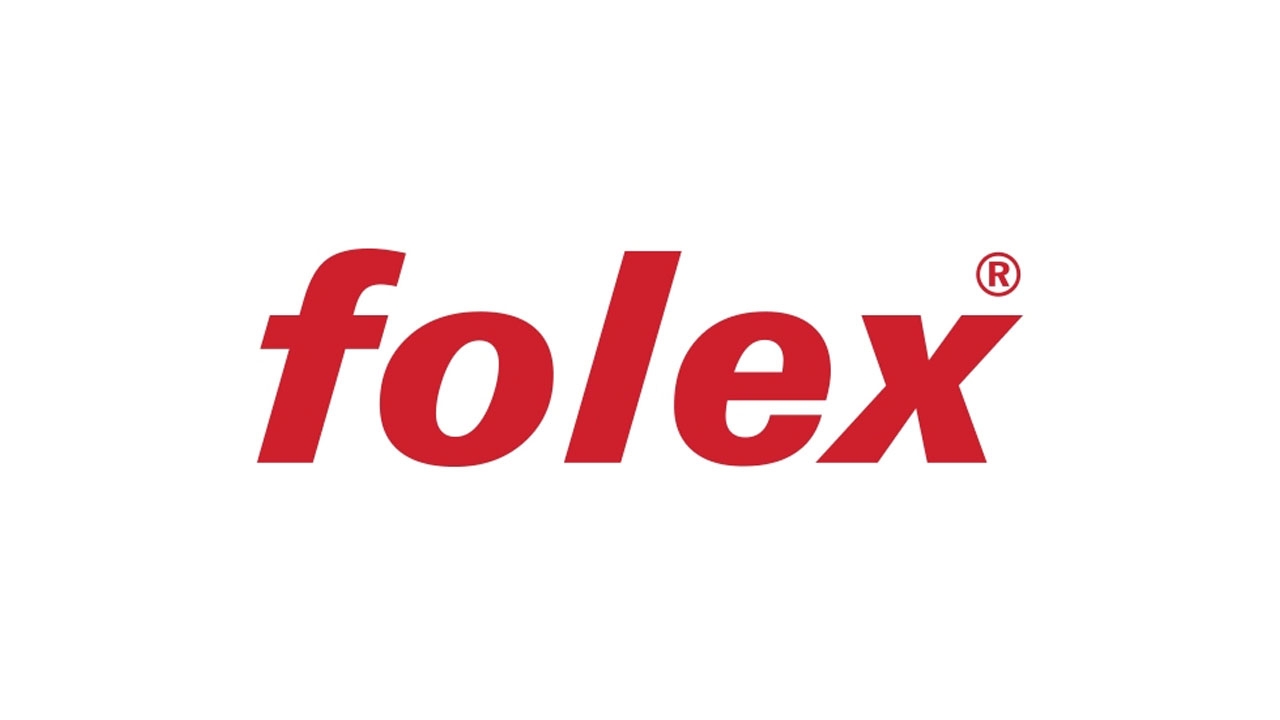Folex aims to reduce carbon footprint
The company has adopted transformation concept for more resource-efficient, low- emission, and climate-friendly production.

Folex, provider of films and specialty media, has set aims to reduce its CO2 emissions by 40 percent by 2030 and achieve carbon neutrality by 2045.
Folex has compiled CO2 balances based on the Greenhouse Gas (GHG) Protocol for all its locations in recent years. This internationally recognized tool categorizes greenhouse gas emissions into three scopes: Scope 1: Direct emissions from sources controlled by the company.
Scope 2: Indirect emissions related to the generation of electricity, heat, steam, or cooling consumed by the company.
Scope 3: All emissions generated in a company's value chain but not controlled by the company.
It was clear that it was sensible and necessary to permanently reduce these emissions in line with the climate goals of the European Union. The Folex transformation concept describes the complex and multi-year path toward this goal. Developed in collaboration with Rudolphi Energieeffizienz from Much the concept was initially crafted for Folex Coating in Cologne and will subsequently be implemented across other Folex Group locations in Schwyz and Erlangen. Besides extensive measures for emission reduction the concept initially includes establishing an energy monitoring system with the aim of enabling valid CO2 accounting down to the level of equipment and products.
All emissions were systematically analyzed as a basis for the transformation concept with Scope 3 emissions not initially being the focus due to largely lacking external data. Folex already covers its entire electricity demand with certified green electricity. Transformation measures focus on reducing the quantitatively significant direct emissions by a further 20 percent from Scope 1.
The coating process and exhaust gas treatment which generate the majority of all emissions are in focus. A significant reduction is aimed for through the optimization of processes and equipment hardware.
Solvent-containing formulations should preferably be replaced by water-based systems, this reduces both direct and indirect emissions during exhaust gas treatment. However, intensive development work is still necessary to meet the diverse requirements for product properties even with solvent-free formulations. The concept foresees a gradual transition of products.
Due to the current charging infrastructure and range limitations of electric vehicles a large portion of company cars still operate with internal combustion engines. Over the next few years there will be a gradual transition to e-mobility. Anticipating advancements in charging infrastructure and battery technology, Folex expects that by 2030 the fleet can be almost entirely converted to e-mobility.
Currently, some building heating systems rely on heating by oil or gas. These energy sources are being replaced by climate-neutral district heating or equivalent solutions.
Folex not only focuses on reducing its direct emissions with the innovative products of the PureLine program it also contributes to the responsible use of resources and the reduction of plastic waste. The new Dialux R-50 Backlit Film for water-based inks and latex inks is based on polyester with 50 percent post-consumer recycled content.
The REGU Pure Active Release 200 Rollup Film utilizes the ‘Split-and-Recycle' technology for coated display films. By simply peeling off the printed graphic along with the coating, 65 percent of the roll-up film is converted back into pure perfectly recyclable plastic. Interesting developments are also happening in offset printing at Folex with the brand-new Folacoat Pure coating plate which is based on vegetable PU and recycled polyester.
Stay up to date
Subscribe to the free Label News newsletter and receive the latest content every week. We'll never share your email address.

